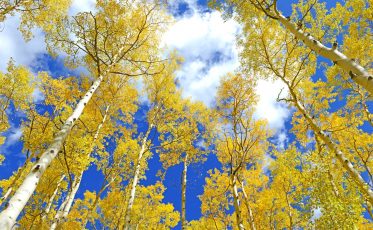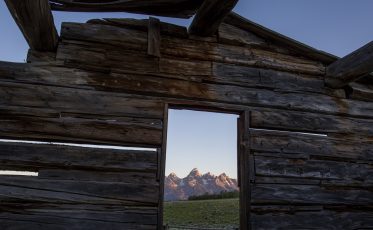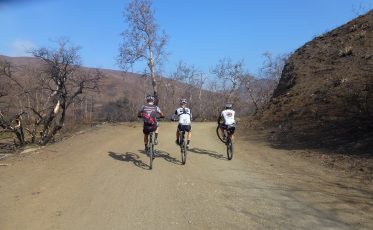The Battle for The Bears Ears, Part II: The End of Obscurity
This is the second installment of a series of articles examining protection of Cedar Mesa and the proposed Bears Ears National Monument.
In his 1996 book In Search of the Old Ones, adventure writer David Roberts described stumbling across Moon House, which he called “The most striking Anasazi ruin I had ever seen”:
I had never seen anything like [it], but I recognized in a flash that I had seen photos of it somewhere in a museum display. This was the storied Moon House! I had overheard cognoscenti in Durango and Moab whispering about the place, but no one seemed willing to tell me how to find it.
Moon House had stood for more than seven centuries in a minor tributary canyon on Cedar Mesa, unnamed even on the official USGS topographic map. Blending into its surroundings, the ruin was a forgotten monument of silence, solitude, and stone.
 Moon House exterior
Moon House exterior
Roberts explored the site in a state of rapture, amazed at his remarkable find. He studied the structure’s unusual design, a front wall concealing a passageway leading to multiple hidden rooms. The well-preserved interior of one of those rooms displayed the decoration that gave the ruin its name: a fringe of painted dots above a white stripe with a full-moon cutout.
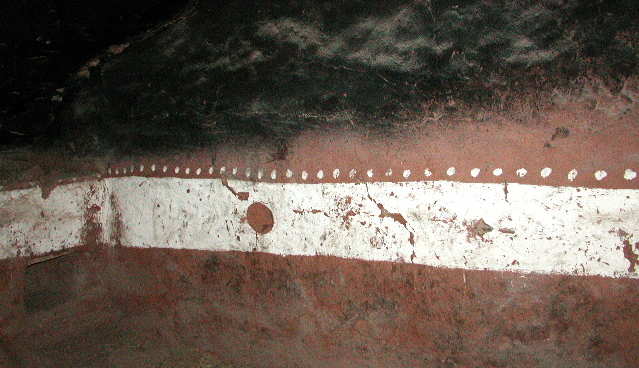 Wall decoration that gives Moon House its name
Wall decoration that gives Moon House its name
Reviewing the informal register left by Bureau of Land Management (BLM) Rangers, Roberts noted the site received only a handful of visitors, often weeks apart. Haunted by the mysterious ruin, his mind was filled with questions. For answers, he heard “only the wind softly tossing the junipers.”
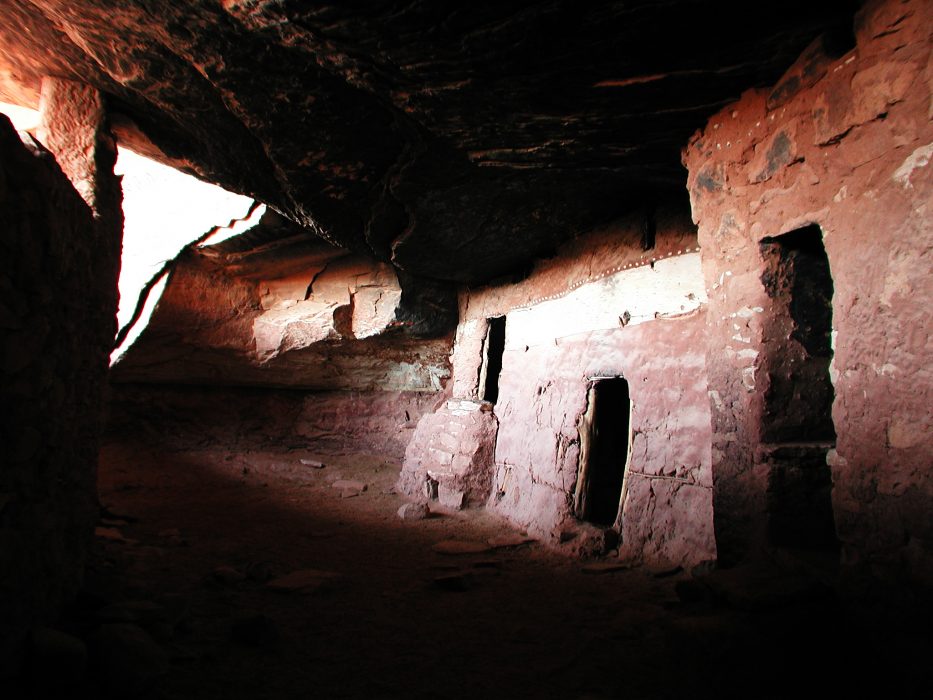 Moon House interior passageway
Moon House interior passageway
Less than 20 years later, Moon House was overrun. In 2010, the BLM was forced to institute a special permit system, restricting visitation to 20 people per day. The whispering cognoscenti of Durango and Moab had been supplanted by anyone with access to a search engine.
Related: Bears Ears National Monument Map
Hikers, backpackers, and other outdoor enthusiasts had always been a part of the landscape on Cedar Mesa, growing steadily through the second half of the twentieth century. They came to see the area’s unparalleled beauty and to encounter ancient archaeological sites deep in the backcountry, far away from the crowds and unmediated by any formal filter or curation. Even across the storied redrock country of the southwest, Cedar Mesa offered something special to those willing to chase its secrets. Exploration here yielded exceptional rewards.
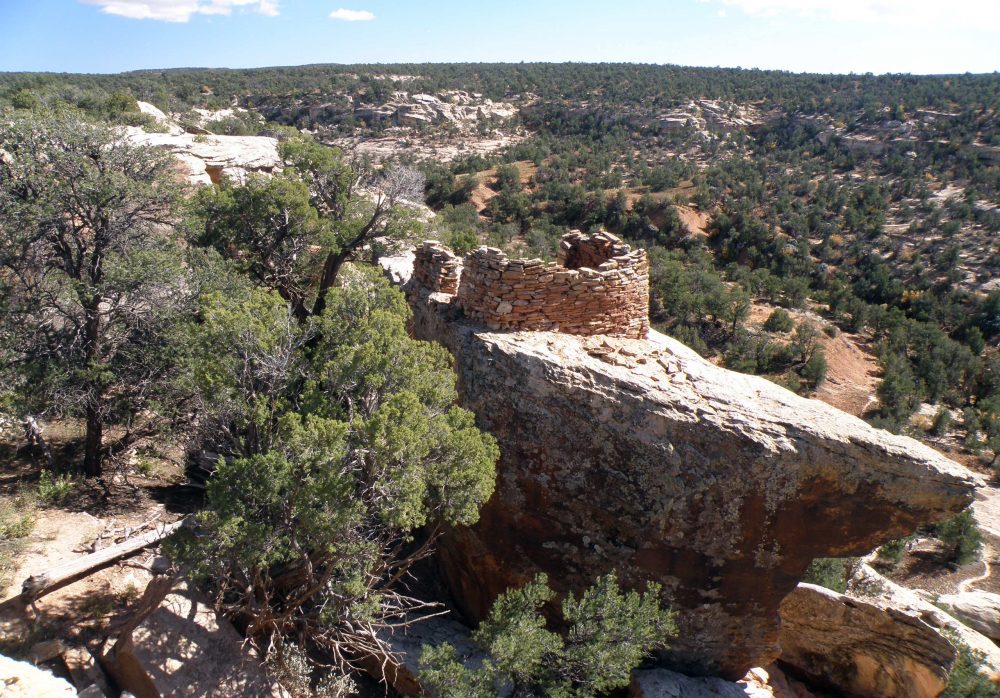 Wall remnant on Cedar Mesa
Wall remnant on Cedar Mesa
This was the Cedar Mesa Experience: to meander through the sculpted landscape of hoodoos and domes, fins and spires, grottoes and amphitheaters. To drink from an impossible seep, marked by handprint pictographs on the walls. To take shelter beneath a gnarled cottonwood and smell the sage in the desert rain. To watch a sea of glittering stars fade as the sun rises through a keyhole arch. To have passage blocked by an exposed sandstone face and then notice a set of moki steps, ancient handholds chiseled into the rock. To round bend after bend in a twisted canyon, finding nothing but sand – and then magically arrive at a place like Moon House.
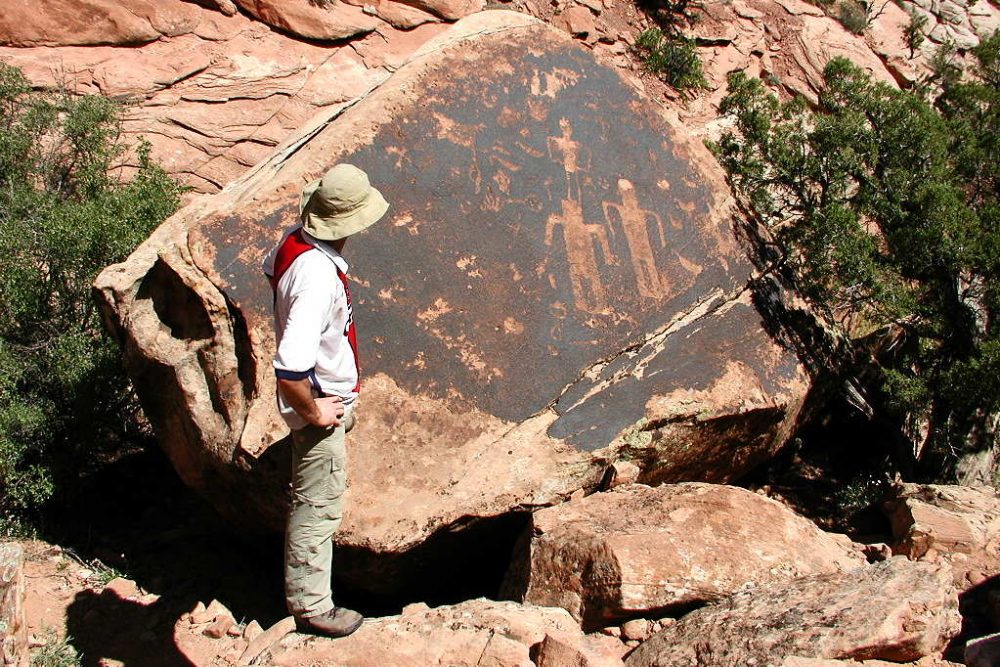 Hiker inspecting a petroglyph boulder
Hiker inspecting a petroglyph boulder
The crux of the experience was the thrill of discovery. When Roberts arrived at Moon House, he felt like the first person to reach it since it had been abandoned in the 13th century.
For a lucky few, the thrill of discovery could be more than just a satisfying illusion. In a story that weaved its way into local lore, a hiker on Comb Ridge – a slanted, up-thrust fin of sandstone on Cedar Mesa’s eastern flank – happened on an unknown rock art panel in the 1980s. Neither subtle nor hidden, the ancient petroglyphs marched across an exposed rock face for more than 30 feet, culminating in one of the grandest such exhibitions anywhere in the southwest. Somehow it had escaped the notice of archaeologists for decades.
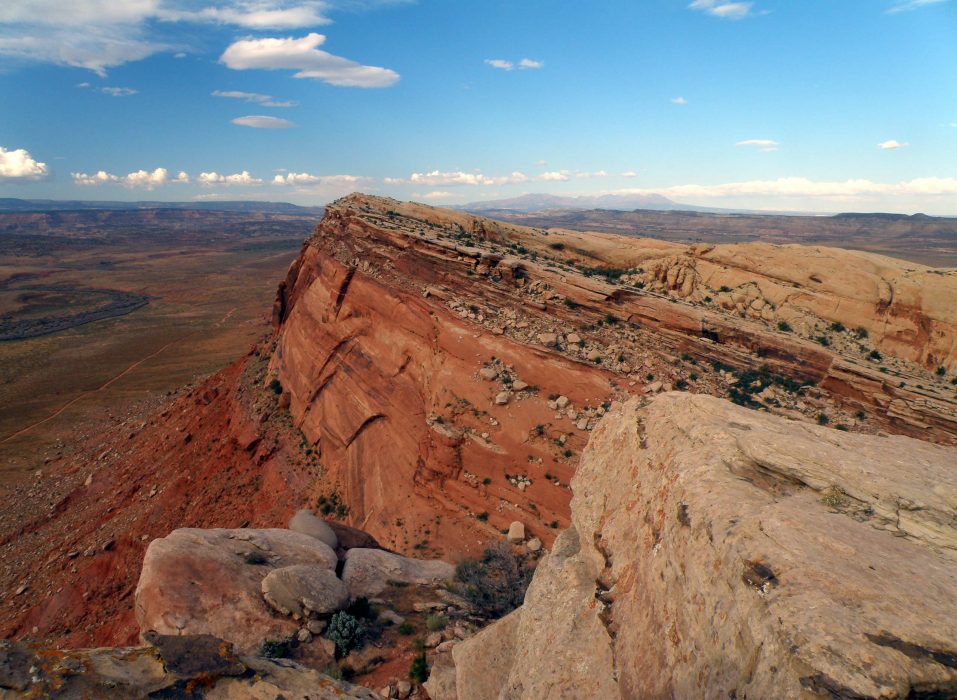 Crest of Comb Ridge
Crest of Comb Ridge
Today, a quick Internet search reveals countless photos of that petroglyph panel along with detailed directions on how to find it, descriptions and personal narratives written by multiple visitors, and even exact GPS coordinates. The same information can just as easily be found for Moon House and for countless other storied Anasazi sites across the region.
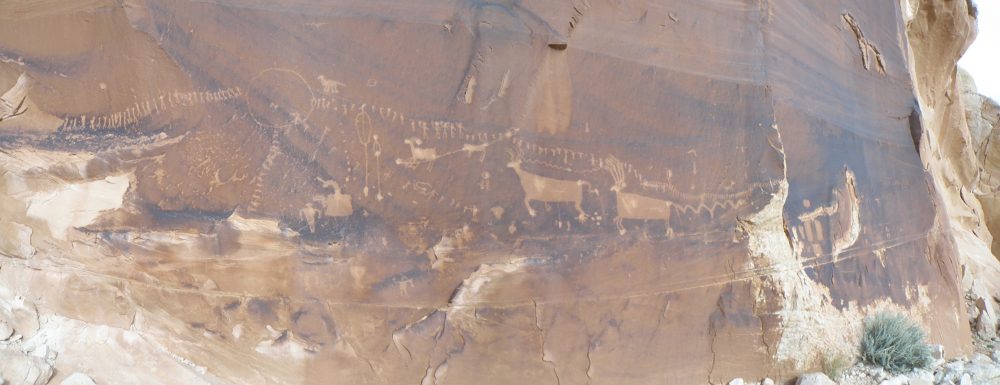 Petroglyph panel on Comb Ridge discovered by a hiker in the 1980’s
Petroglyph panel on Comb Ridge discovered by a hiker in the 1980’s
A long-established heuristic of southwestern archaeology holds that it’s OK to publish photos and descriptions of sites as long as specific locations and names are deliberately kept vague. But that taboo was breached in 2001, when the University of Utah Press published a guidebook to Cedar Mesa by Peter Francis Tassoni, a former BLM Ranger at Desolation Canyon, Utah.
Tassoni’s book kicked off a firestorm; in its pages he revealed the locations (including GPS coordinates) of countless Anasazi sites. Although some key ones were left out by the publisher as a compromise to the outcry received before going to print, there had been nothing like it available before.
“Who do I think I am, advertising the archaeological wonders of the Cedar Mesa area to tourists, backpackers, vandals, and looters?” Tassoni had written in the preface of his book, addressing his critics. “While I do not offer this work without a good deal of consideration, I am certain that it cannot destroy Cedar Mesa.”
Just 15 years later, the controversy seems hopelessly quaint. When it comes to the destruction of Cedar Mesa, Tassoni’s guidebook is now scarcely worth mentioning. Any “classified” information he provided can now be found more readily on the Internet – and at no charge. The impact of his book, with sales at best of a few thousand copies, is meaningless when compared to the instantaneous, world-wide reach of the Internet.
Thanks to that exposure, visitor numbers at Cedar Mesa have swollen to unmanageable size, with tens of thousands arriving in the record-breaking spring of 2015. Chances for solitude are becoming rarer and rarer, eliminating the fragile illusion of discovery that makes the place so special. Had even one other person stood at Moon House when Roberts arrived, his experience would have been greatly diminished. With a crowd of 20, as allowed under the new BLM permit system, the site would have been worth avoiding altogether.
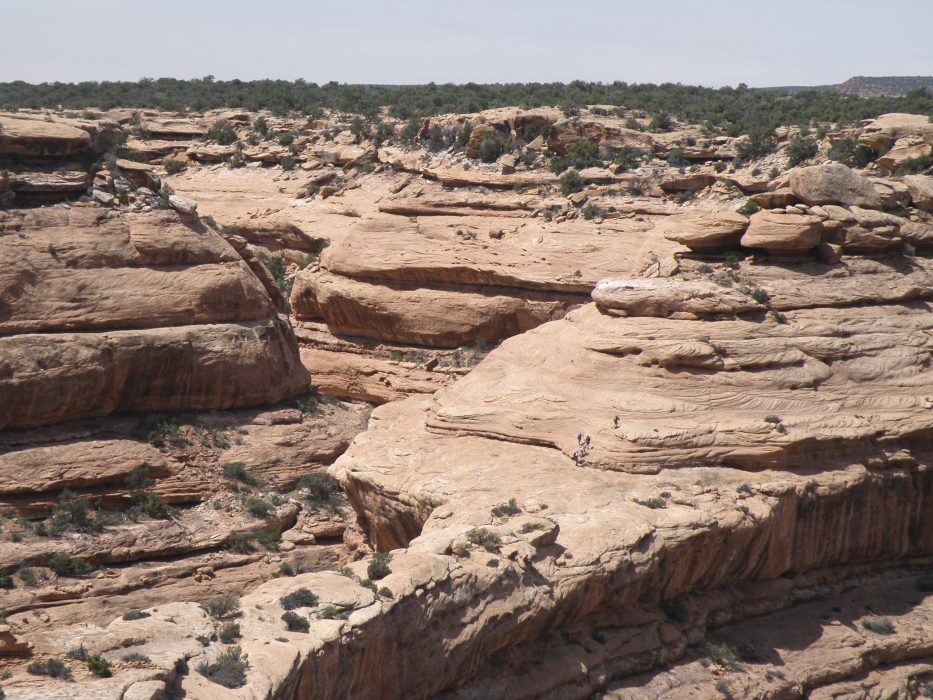 Hiking party on a sandstone fin
Hiking party on a sandstone fin
In a sad twist for land protection advocates, the very act of building support for preservation generates more publicity for the area, exacerbating many of the problems protection is supposed to solve. Impassioned pleas for creation of a Bears Ears Monument double as enticements to visit, a kind of collateral damage. Online articles – like this one – can have the same effect, with potentially unlimited impact.
In his opinion piece “Saving What’s Left of Utah’s Lost World” in The New York Times of April 11, 2015, David Roberts made the case for Federal action as well as anyone ever had. Many readers were likely learning about Cedar Mesa for the first time and were surely sympathetic to Roberts’ argument. But who knows how many were inspired to go and see Cedar Mesa for themselves? Bringing untold neophyte visitors to southeast Utah was clearly not Roberts’ intent, but it may have been the result he delivered.
If that wasn’t enough, travel articles have started trumpeting the wonders of Cedar Mesa with a time-is-running-out urgency. A potential new National Monument presents an unknown future, and possibly a management plan far more restrictive than the current one. In October, 2015, the Los Angeles Times urged readers to “Experience the ancient secrets and pristine artifacts of Utah’s Moon House before it’s too late.”
For anyone who hoped to experience the site as Roberts had, it was already too late.
In his signature work Desert Solitaire, Edward Abbey, the patron saint of southwest environmentalists and no stranger to Cedar Mesa, wrote of his beloved desert landscape:
I am almost prepared to believe that this sweet virginal primitive land would be grateful for my departure and at the absence of the tourist will breathe metaphorically a collective sigh of relief – like a whisper of wind – when we are all and finally gone and the place and its creations can return to their ancient procedures unobserved and undisturbed.
Abbey was lucky he never lived to see how many tourists the Internet could bring and what ravages they wrought on the fragile places he held sacred.
In the face of the onslaught, it’s hard to say if Abbey, a notorious maverick, would have supported the establishment of a Bears Ears Monument. Something of what he loved might be saved, but his quixotic dream of the canyon country devoid of people would be rendered even more laughably hopeless. A blank space on the map would be replaced by an eye-catching National Monument, as noticeable as an advertising billboard, sure to draw people in. And if those people wanted to know exactly what they could find there, one click on the Internet could reveal it all.
The struggle to protect Cedar Mesa through creation of a Bears Ears National Monument is a fight for the physical landscape, to preserve the canyons and mesas as they stand. But no federal land designation or amount of funding can preserve the Cedar Mesa Experience that has already been lost. Legal protection is no substitute for obscurity, and no possible change will allow that beautiful obscurity to return.
Read the entire The Battle for The Bears Ears series:
- Part I: The Legislative Landscape
- Part II: The End of Obscurity
- Part III: Road Wars
- Part IV: The Trouble With Archaeology
- Part V: A Personal View

